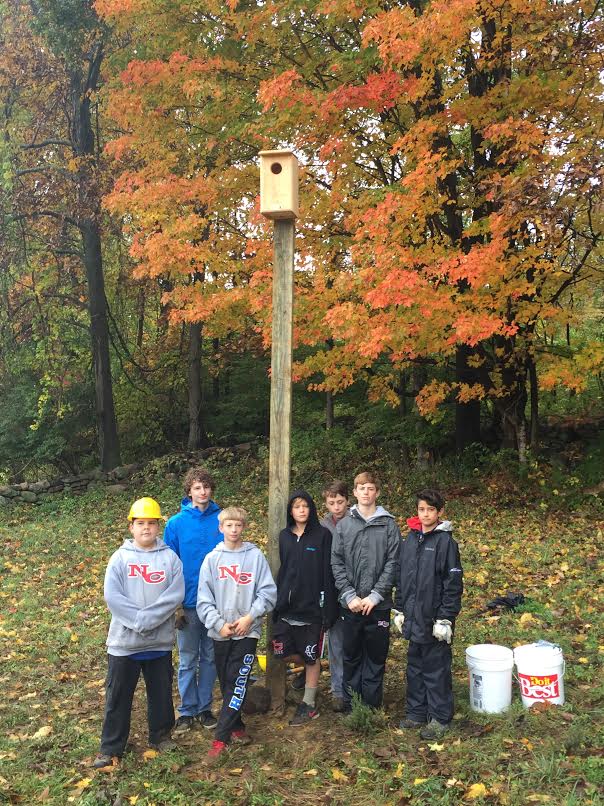
Colin Vetterli recently lead an intrepid group of fellow scouts from Troop 286 to install three kestrel and 2 wood duck boxes, hosted on a few of the New Canaan Land Trust properties. The goal of the project, as Vetterli describes it is to attract nesting birds into suitable habitats that may be lacking the ideal conditions for nesting.
Colin was able to raise the money to cover the cost of materials, and used his own tools and family workshop to construct the boxes before they were transported to the sites of installation. Colin performed a great deal of planning and consultation to make sure he got things right, including discussions with experts at the Nature Center, Art Gingert, the leading expert on kestrels in Connecticut who is affiliated with the Audubon Society, and Mark Fowler, falconer and Director of Nature Initiatives at Grace Farm.
Here is Colin’s Eagle Project Report, in his own words:
My name is Colin Vetterli, and I am currently a Life Scout in Troop 286. My Eagle project benefitted the New Canaan Land Trust; I installed 2 Wood Duck and 2 Kestrel houses on four different Land Trust properties. I also have plans to install a Purple Martin house, but I’m still figuring out the best site for that one.
One wood duck habitat is at the Fowler property, on the south end of the pond [Still Pond]. The other is at Colhoun Pond, on the west side, closest to the brown house.
One kestrel habitat is at the top of Hannan Field, looking downhill. The other kestrel habitat is in the northwest corner of Livingston-Higley Meadow.
I organized Scouts and leaders from my troop to come and help me install the heavy posts, with boxes mounted on them, on Saturday, October 22nd. We finished in just under two hours, with all the boxes standing sturdily by 11:00 that morning. We got very lucky; we encountered few rocks and roots as we dug 40 inches down into the ground in order to get past the frost line. The kestrel boxes stand 12 feet above the ground, and the wood duck boxes are 6 feet above the ground.
The work day took lots of planning. I raised $1,000 to purchase all of the posts, habitats, and materials. I borrowed tools from friends, and I coordinated with my scout leaders to get all the scouts into four different teams so we could raise the boxes all at once. I created instruction sheets and chose a site manager for each of the sites, and then visited all of them a couple of times to supervise the work. Luckily we didn’t run into any problems. Even the rain let up for us.
Right now, I am working on finding a site to put the purple martin box. If you have an idea for a place, please let me know! I am looking for 40 feet of open fly space, a nearby water source such as a pond or stream, and proximity of no more than 100 feet to human houses.
I’d like to thank Mr. Johnson for helping me choose the proper sites for the duck and kestrel boxes, and thank Mr. Schipper for guiding me through the first steps of my project. I am grateful to the Land Trust for offering me the opportunity to have a truly great Eagle project.
The Land Trust is grateful for Colin, and all of the other scouts and volunteers who have worked on the properties and have benefit all species by enhancing existing habitat and furthering the cause of conservation in New Canaan.
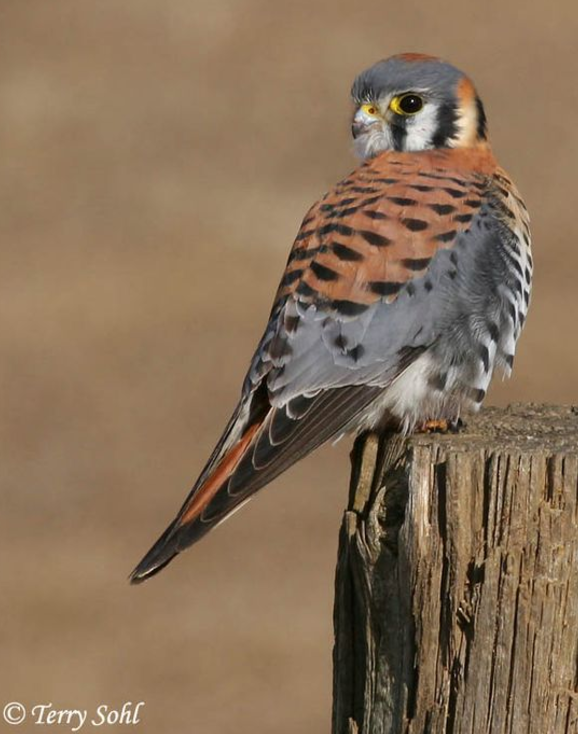
Now, so more info about the animals that will hopefully benefit from Colin’s project.
Because kestrels do not excavate their own nesting cavities, they seek out ready-made homes, such as abandoned woodpecker holes or nest boxes provided by people. Specially-made nest boxes like those installed by the Troop help kestrels in areas where there are few natural cavities.
To be successful, nest boxes should be placed in open field habitat. Preferred Kestrel habitats are grasslands, pastures, orchards, and hay fields with cover at about 10 inches high. The hope is that the fields owned and protected by the Land Trust will be suitable to these beautiful raptors.
The American kestrel was listed as threatened on Connecticut’s Endangered, Threatened, and Special Concern Species List in 2004.
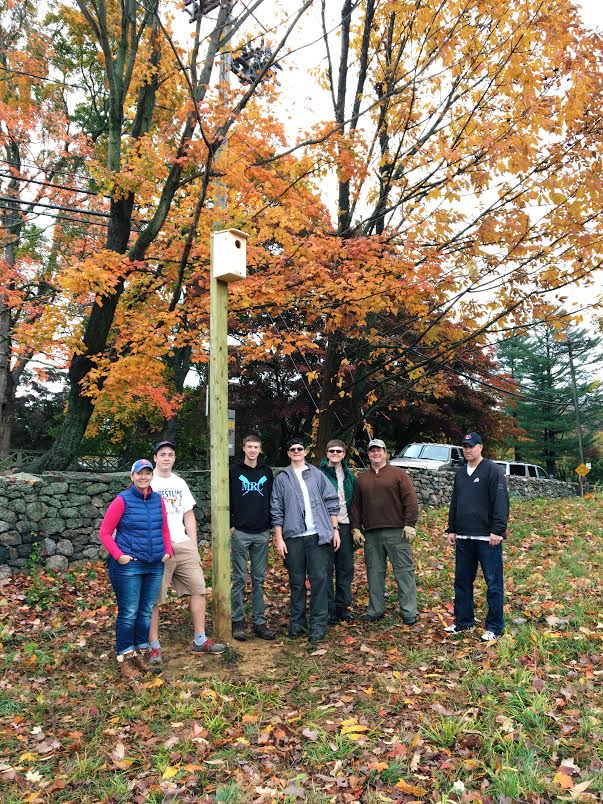
Colin Vetterli, center in black sweatshirt, with helpers at the Hannan Field.
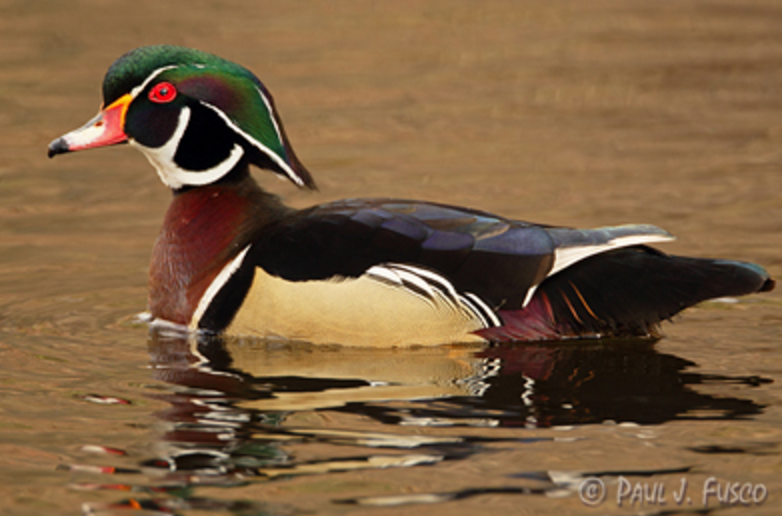
The wood duck box installed at Still Pond on the northern edge of the Hicks-Kelley Audubon property between Cedar Lane and Silvermine Road has a great chance of success for hosting a new breeding pair of ducks.
Nest boxes like the one installed on posts near suitable water (with the predator guard around the post) tend to have an 80-90% success rate, according to Connecticut DEEP. The pond already hosts at least one pair of these beautiful birds, and if you visit you’ll likely hear the female flight call of "oo-eek oo-eek" before you see them.
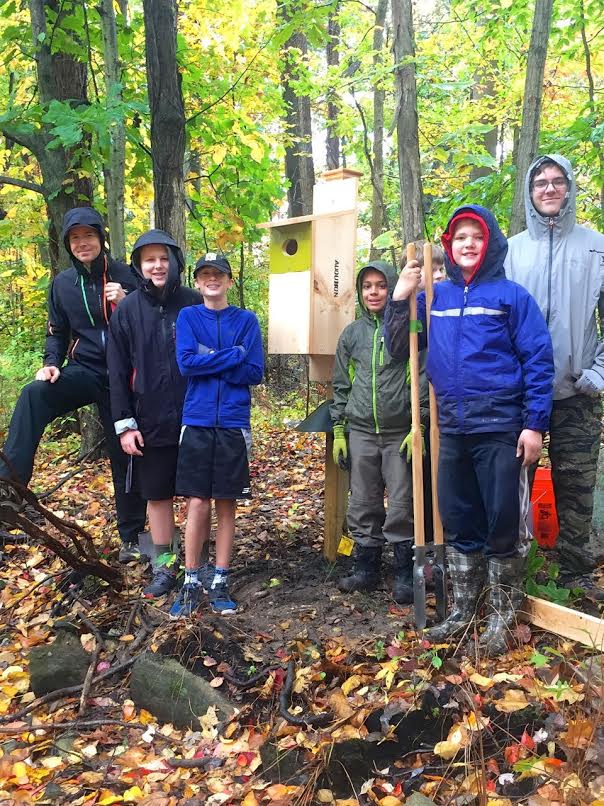
A big thank you to Colin and the rest of the troop who was on hand to help out. We look forward to monitoring the boxes to see if the kestrels or wood ducks take to them. If you happen to see the kestrel boxes or wood duck boxes occupied, please let us know!
Colin will also look to install a purple martin gourd complex this spring when there is the best chance for martins to take to a new nest site. Check back to the website or go visit a Land Trust property to see for yourself. As always, feel free to email photos to the the Land Trust, post photos on the Facebook page, or tag us on Instagram @NC_Land_Trust.
Recent Comments